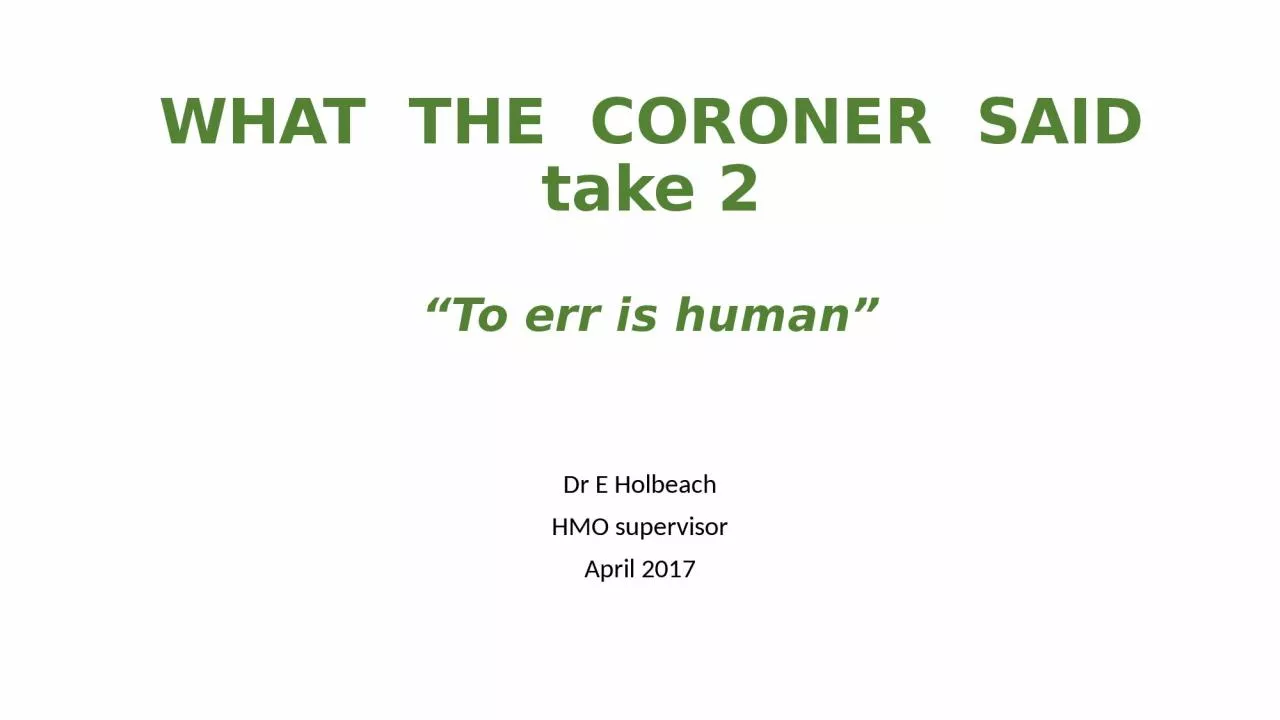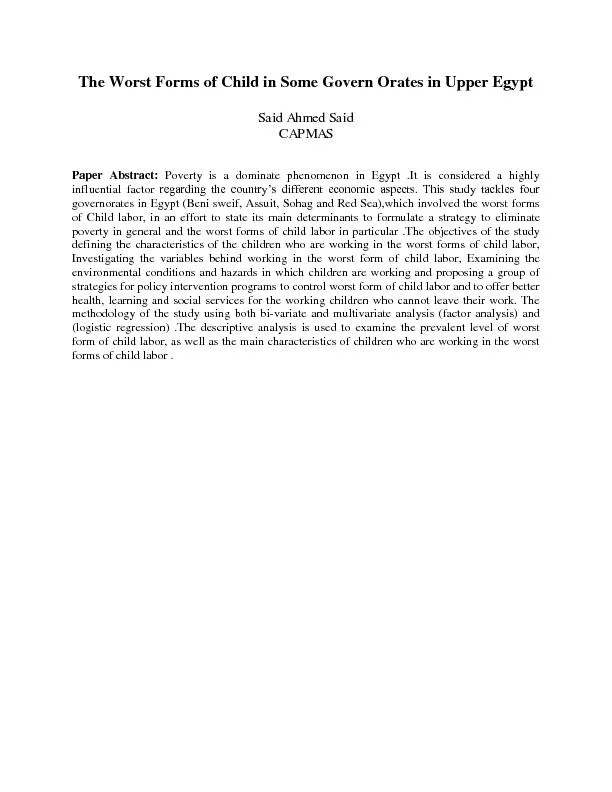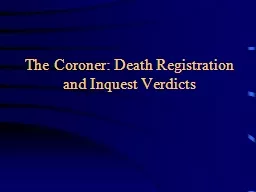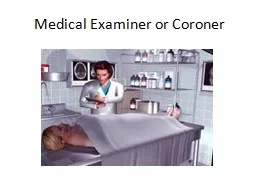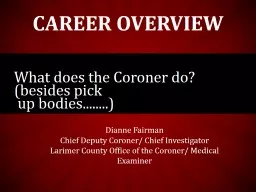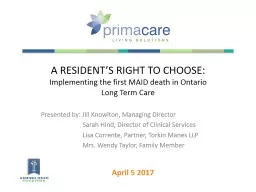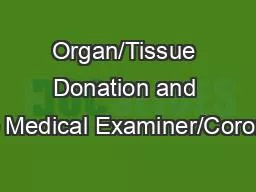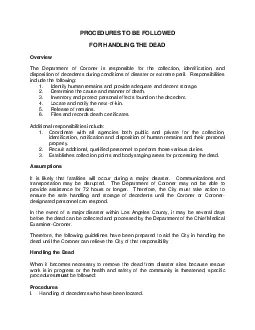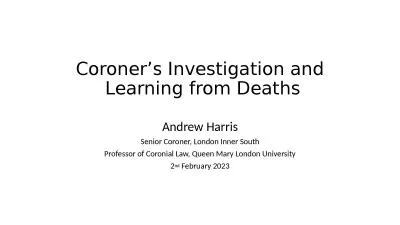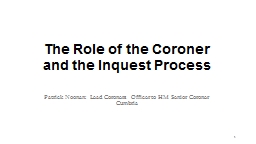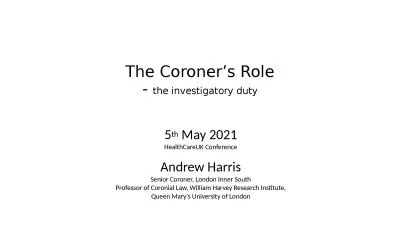PPT-WHAT THE CORONER SAID
Author : obrien | Published Date : 2024-03-13
take 2 To err is human Dr E Holbeach HMO supervisor April 2017 Sign up CASE 1 66 yo male Travelling to visit family in Australia PHx IHD Arthritis Meds bought
Presentation Embed Code
Download Presentation
Download Presentation The PPT/PDF document "WHAT THE CORONER SAID" is the property of its rightful owner. Permission is granted to download and print the materials on this website for personal, non-commercial use only, and to display it on your personal computer provided you do not modify the materials and that you retain all copyright notices contained in the materials. By downloading content from our website, you accept the terms of this agreement.
WHAT THE CORONER SAID: Transcript
Download Rules Of Document
"WHAT THE CORONER SAID"The content belongs to its owner. You may download and print it for personal use, without modification, and keep all copyright notices. By downloading, you agree to these terms.
Related Documents

